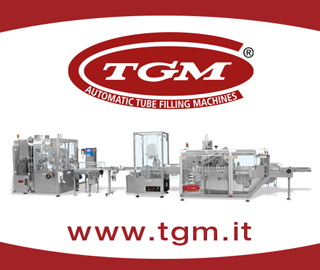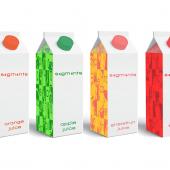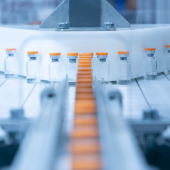PPWR: Council signs off the final text
On December 16 2024, the Council formally adopted a regulation on packaging and packaging waste.
The Council's press release outlines the specific features of the regulation, going into detail about the different sectors of application throughout the entire life cycle of packaging. We report the full text here."
Safe, sustainable and recyclable packaging
The new rules comprise, among others, the following requirements for packaging: 2030 and 2040 targets for a minimum percentage of recycled content (up to 65% for single use plastic bottles by 2040).
- minimising the weight and volume of packaging and avoiding unnecessary packaging
- minimising substances of concern, including restricting placing on the market food contact packaging containing per- and polyfluorinated alkyl substances (PFAS) if they exceed certain thresholds
Labelling, marking and information requirements (e.g. on material composition or recycled content) should facilitate consumer sorting and consumer choices.
Single-use plastic packaging
- pre-packed fruit and vegetables of less than 1.5 kg
- food and beverages filled and consumed within hotels, bars and restaurants
- individual portions of condiments, sauces, milk creamer and sugar in hotels, bars and restaurants
- small, single-use cosmetic and toiletry products used in the accommodation sector (e.g. shampoo or body lotion bottles)
- very lightweight plastic bags (e.g. those offered at markets for bulk groceries)
Re-use targets and re-fill obligations
The regulation sets new binding re-use targets for 2030 and indicative targets for 2040. The targets vary depending on the type of packaging used by operators (for instance, binding targets of 40% for transport and sales packaging and 10% for grouped packaging).
According to the new rules, take-away businesses will have to offer customers the possibility of bringing their own containers to be filled with cold or hot beverages or ready-prepared food, at no additional charge.
Next steps
The formal adoption by the Council marks the final step in the ordinary legislative procedure. The regulation will now be published in the EU’s Official Journal and will enter into force. The regulation will be applied 18 months after the date of entry into force.
Background
Even though recycling rates have increased in the EU, the amount of waste generated from packaging is growing faster than the amount recycled. In 2022, the EU generated almost 186.5 kilograms of waste packaging per person, of which 36 were plastic packaging. This means that each day we produce half a kilogram of packaging waste per person in the EU.
The current EU packaging and packaging waste directive was first adopted in 1994 and has been revised several times. It lays down rules to prevent and manage packaging waste across EU member states. However, several assessments of the directive have shown that it has not succeeded in reducing the negative environmental impacts of packaging.
Against this backdrop, in November 2022 the Commission put forward a proposal for a regulation on packaging and packaging waste that would replace the existing directive and update the current framework for packaging and packaging waste across the entire life cycle, towards a circular economy and a climate-neutral Europe.
The European Parliament and the Council adopted their positions on the proposed regulation in November and December 2023, respectively. The two co-legislators reached a provisional agreement on 4 March 2024 after two rounds of informal negotiations.
All the details of the decision making process and documents are available at this link



















